This property has also been known as: Weemala; Numantia; Metchley; Weston; Alphington
There is NO PUBLIC ACCESS to this property.
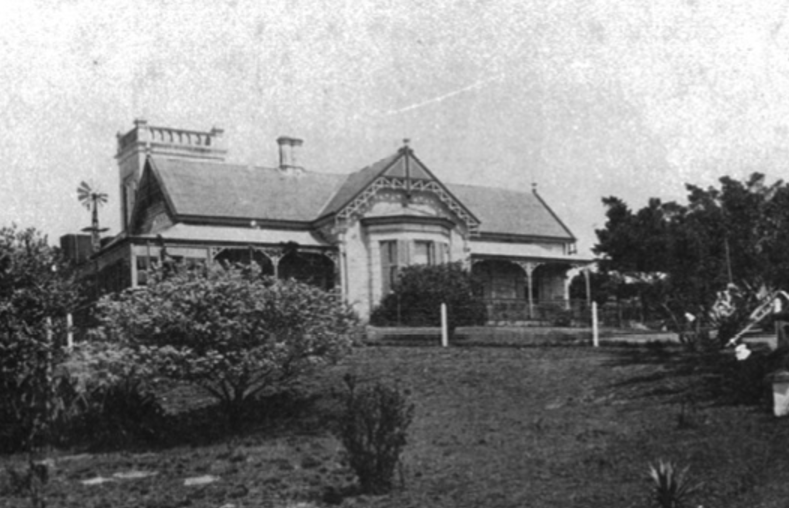
The following is information from the NSW Office of Environment and Heritage:-
‘Eurama’ has qualities which mark it out as something quite exceptional among all the country retreats. Whereas each of the others represents the individual taste and needs of a single family, ‘Eurama’ was the creation of an intellectual triumvirate, with wives and families. It is the expression of a community, where Yester or Silva Plana or Eirene or Wynstay is a declaration of withdrawal, of the solitude of the sublime.
The patresfamilias at ‘Eurama’ from 1876 until Sir Alfred Stephen had to sell in 1882 and Professor Badham died in 1884, Sir James Martin in 1886, were all outstanding contributors to the development of the State of New South Wales. Distinguished in the law, in the administration of the law, in government, in the University, in international scholarship, men of wide culture in letters and music, all enthusiasts for the natural environment but also for the discreet creation of a new cultural landscape with exotic trees, shrubs, flowers, fruits and vegetables, the three friends who, with their families, intruded homes, gardens and bush-walks into this place of the ‘wonderful view’ created a communal heritage which is unique in the Mountains.
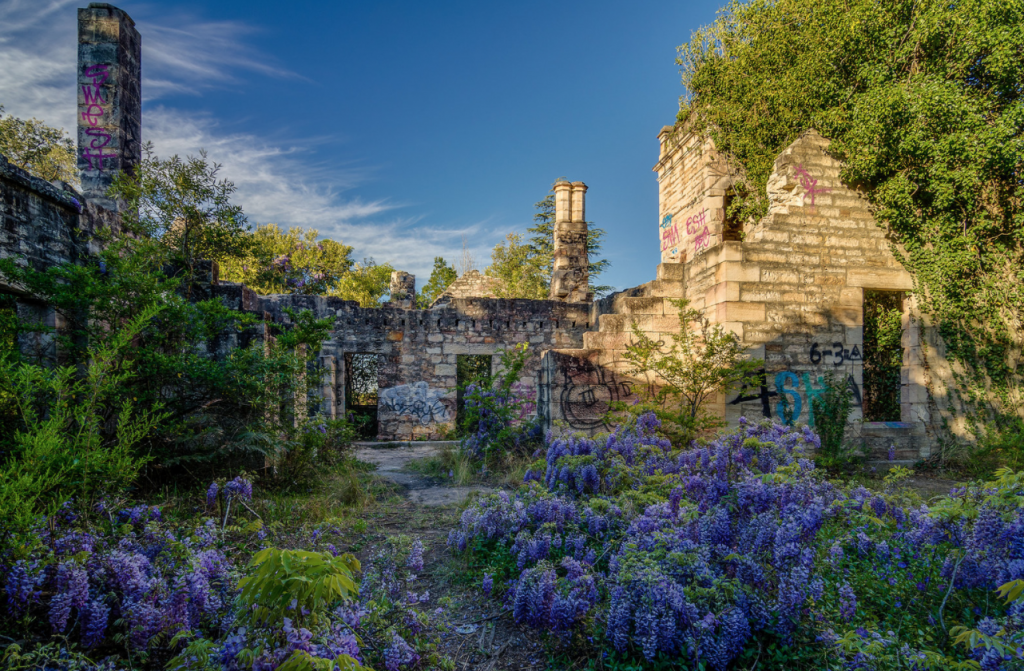
Photo by: Victor Zubakin
The subsequent owners of ‘Eurama’, who consolidated it into one estate and expanded that estate to the present 141 hectares, have been of individual significance: Andrew McCulloch as the epitome of the ruthless wheeler and dealer in sellable land next to a projected railway, the politician, conveyancer and real estate speculator who always had inside information, an anti-hero of the 1870s and 1880s; J.W. Cliff, as a lesser player in McCulloch’s world; George Evans as a proselytiser for the Mountain tracks, the eponym of Evans Lookout, the builder of the State-significant ‘Eirene’ (now ‘Cleopatra’); his daughter, the formidable Emily MacLaurin, and her husband, as heirs to the Rouses and Fitzgeralds, as well as the Evanses and the MacLaurins, who brought the first motor-car to the stables at ‘Eurama’ and the first Rolls Royce, and reigned there with something of the old-fashioned authority of the quondam squattocracy, leavened by scholarship of which Badham would have approved.
Despite the destruction of both of Badham’s houses, the removal of Stephen’s ‘Alphington’ to another site, the excission of Martin’s ‘Numantia’ from the present estate and the gutting by fire of the grand stone house which George Allen Mansfield and Paddy Ryan built for McCulloch in 1882, all is by no means lost. The Mansfield house can be conserved and its State-significant stone-roofed meat-house survived the fire. The sites of the other three houses, ‘Metchley’, ‘Weston’ and ‘Alphington’ are all identifiable and legible archaeologically, with significant features such as foundations or water supply or plantings.
The remnant garden and grounds of ‘Eurama’ are of historic significance on a State level for their ability to demonstrate the aspirations and attitudes of wealthy late-nineteenth-century landowners to the planning and ornamenting of both the immediate garden and the broader grounds of a large mountain retreat. This is particularly manifest in the ornamental lake, bush paths, steps and terraces and in the four striking and unusual large, ornamentally planted, stone cairns marking the nineteenth-century transition from garden to bush.
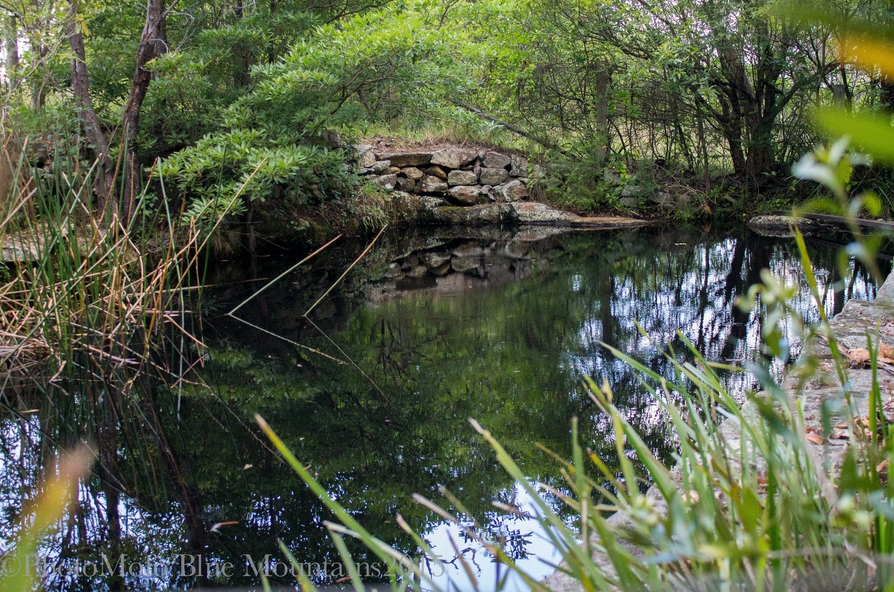
Photo by Mofo Blue Mountains
A ‘Chinese Fir’, part of the early Badham garden at ‘Metchley’ is of individual historic importance as a signifier of the 1877 house and as a specimen of a particularly rare conifer in the Blue Mountains.
The pleasure of ruins gives the stone walls of the burnt-out Mansfield house a strong aesthetic presence in the heart of the most modified part of ‘Eurama’ estate. The house is still subjectively beautiful and is finely located above the cleared garden area, looking down to the fine eastern gullies which prompted Badham to call the area the ‘wonderful view’.
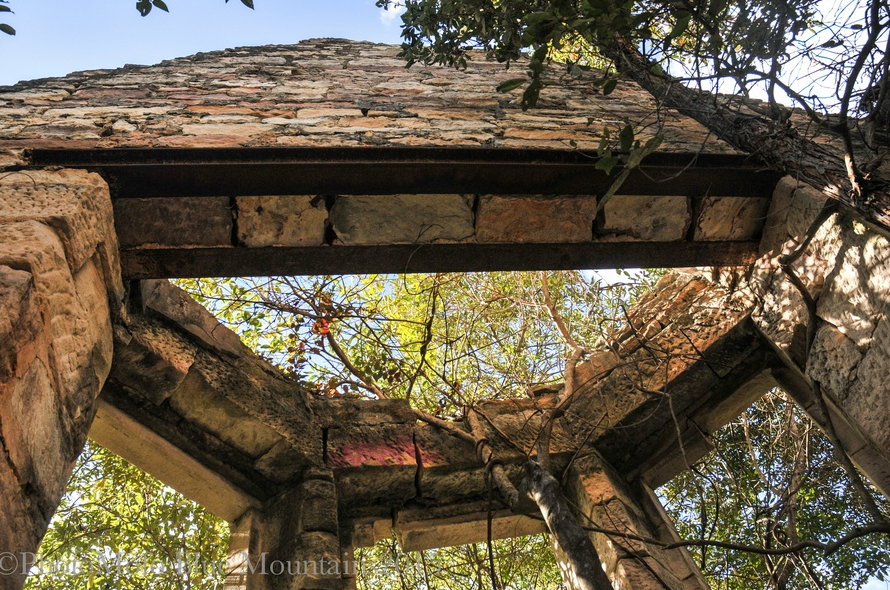
Photo by Mofo Blue Mountains
There are many garden features of State significance: the ornamental lake, the bush paths, the steps and the terraces, the four striking and unusual large stone cairns in ziggurat form planted with agaves, marking the nineteenth-century edge of garden and the onset of Nature. Badham’s ‘Chinese Fir’ at ‘Metchley’ is of aesthetic importance as well as a historic signifier of the rarity of some of the exotic imports.
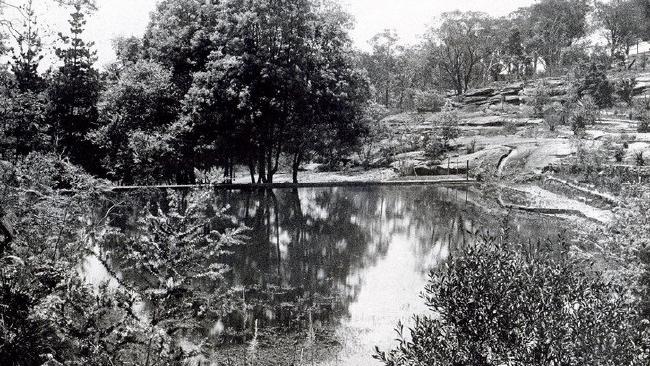
Done in the gullies, along Numantia Creek and other tributaries of Sassafras Creek, the property extends as far as Numantia Falls, two kilometres of hard walking away. The waterfall has been a recognised beauty-spot ever since Sir Alfred Stephen dragooned every house-guest and every one of his children into inspecting it with him weekend after weekend between 1877 and 1882. The natural vegetation of the Blue Mountains rainforest is a part of State, National and World Heritage; an important part survives on the eastern sectors of ‘Eurama’ estate.
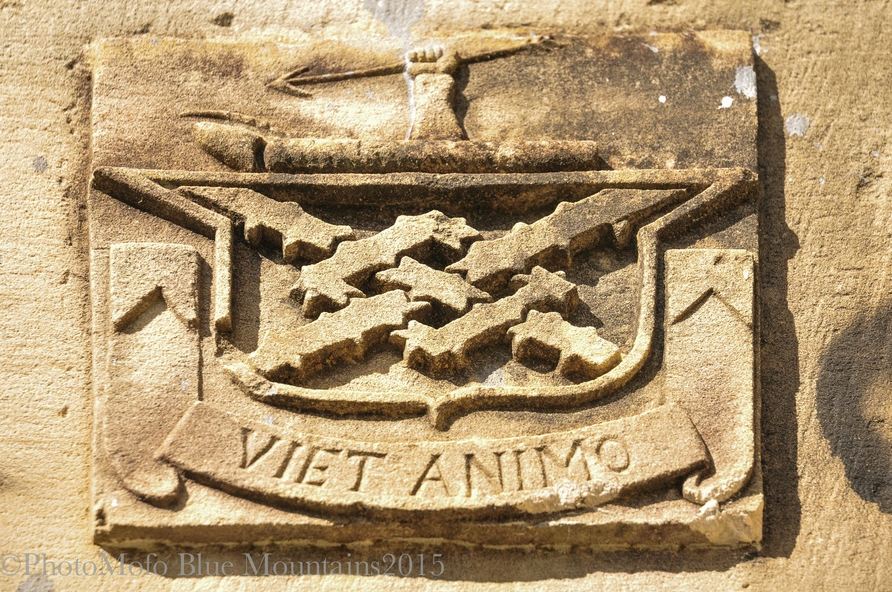
Photo by Mofo Blue Mountains
The high stone wall built in 1877 to protect the privacy of Sir James Martin from passing train-passengers is still a topic of conversation and curiosity today. It is one of the most tantalising and inscrutable of the remains of the nineteenth-century country retreats and has, as a result, its own peculiar aesthetic.
Resources
![]()
